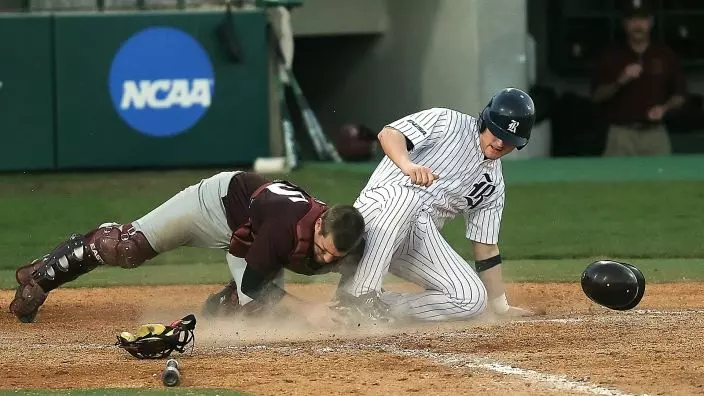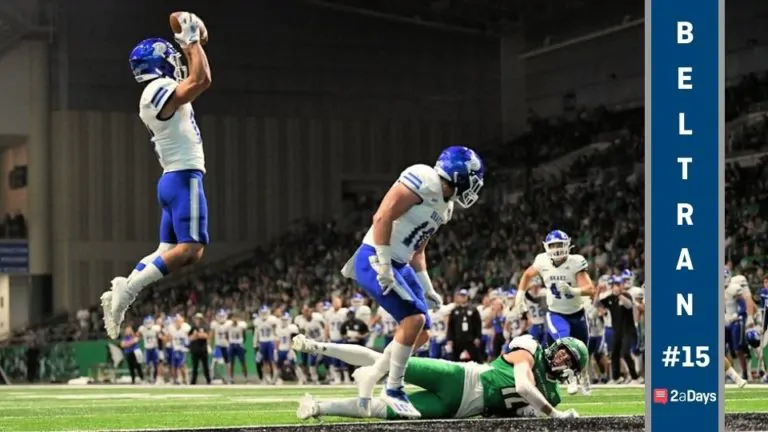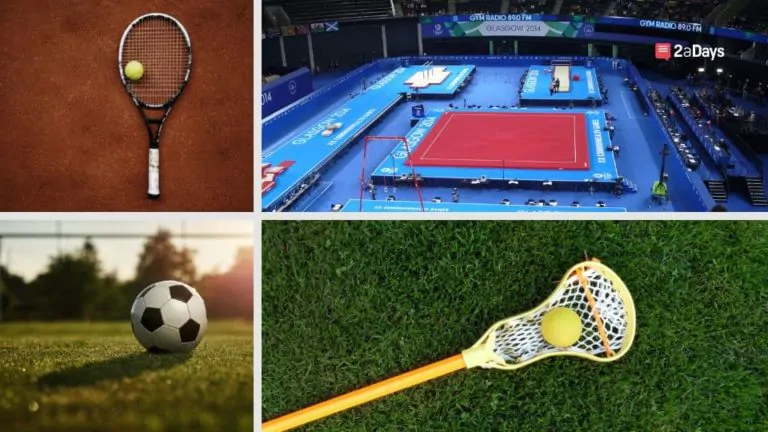Many athletes have heard of the NCAA's three divisions: DI, DII, and DIII. But, some athletes are surprised to hear there are other collegiate sports leagues and organizations that have a different set of rules than the NCAA.
Other leagues include, but are not limited to:
Understanding the differences between the three divisions of the NCAA as well as the different collegiate sports models and leagues is important. This requires having an open mind, which can be the first obstacle for many athletes who are set on the “DI label.”
Keep an Open Mind: Why You Don't Want a DI or Bust Mentality
We see Division I sports on TV all the time, and they look glamorous. The fireworks, the cheerleaders, the cool uniforms. It all looks great. What you see is not always what you get. This sentence alone should be at the forefront of your mind when you start pursuing colleges.
There are great aspects and accomplishments to playing at the DI level, but there is also a benefit to considering other divisions and leagues. For starters, if your goals align slightly more with education than they do with athletics, then it's good to know that some of the best academic schools that are on par with the Ivy Leagues are Division III.
There's also the popular New England Conference, NESCAC, which is both an athletically and academically competitive conference where many athletes have the ability to play at the DI level while pursuing an exceptional education.
Let's take a look at the stats and percentages of athletes that play in the NCAA:
- With roughly 346 colleges and universities at the Division I level, only about 2% of high school athletes are awarded athletic scholarships.
- Roughly 1 in 57 or (7%) of athletes go on to play Division I from high school.
- At the Division II level, 14% of the student body plays on varsity teams. This is more than double Division I (6%).
- At the Division III level, the percentage of the student body that plays on varsity teams rises to 21%. This more than triples Division I.
Don't let the statistics discourage you. Division I is certainly achievable. The reason Division I should not, however, be your only goal.
There are many different opportunities offered at the Division II and III levels as well as in other leagues. This could be better academic incentives, playing under different rules, or simply how the college campus operates. When being recruited, you should look at what each school you are interested in has to offer and compare them. This allows you to focus on more than just athletics.
Understand the Real Difference Between the Divisions and Leagues
Within the NCAA, we have three different divisions, which all offer different opportunities and levels of athletics and academics. In addition to the NCAA, there is also the NAIA and JuCo, which are two separate sports entities that operate under a different set of rules while still offering an education, scholarships, and more. To really know which level to target, you need to understand the general differences between these options, then further investigate the schools within them.
The process can be long, but doing your homework will work out better in the long run than leaving it to chance when it comes to researching schools.
NCAA Divisions: DI, DII, and DIII
The National Collegiate Athletic Association is the most popular college athlete organization by member schools. It consists of three divisions that are meant to represent the level of competitiveness. Having said that, it doesn't always hold true that all DI schools are more competitive than all DII or DIII. Make sure you research each school's athletic record before you commit.
In general, here are your key differences:
- DI schools have the biggest athletic budgets, which they prioritize on facilities, scholarships, recruiting, and more. These schools will likely have the toughest schedules with games/matches and practice. The dedication to the sport at this level is very high with a split focus on academics, or in some cases, more focus on athletics. At this level, a low percentage (1%) go on to pursue professional sports, but it is the division most athletes who hope to go pro pursue. DI schools are usually the schools with the biggest student bodies and the most athletic scholarships awarded, with the exception of the Ivy League Conference, where athletic scholarships are prohibited.
- DII has fewer athletic scholarships than DI, but still has quite a few to offer. With smaller budgets than DI, DII schools compete more at the regional level than at the national level. Division II offers a competitive balance between sport intensity and academics.
- DIII is the largest division among the three, offering mainly academic scholarships for athletes. While there are many competitive DIII teams on par with some DI and DII teams, the focus on academics becomes significantly higher in this division. With no athletic scholarships offered, mandatory practice hours and game schedules are less intense than at Division II and III schools.
NAIA
The National Association of Intercollegiate Athletics is another governing body that competes with the NCAA. While they are not as large of an organization as the NCAA, they do have quite a few benefits to offer athletes that the NCAA cannot. Like the NCAA, NAIA offers four-year schools but has significantly fewer students than the NCAA, totaling 60,000 athletes across their universities.
90% of NAIA has scholarship money available. One of the big reasons you may find some tennis, golf, or other teams stronger at the NAIA is because their funding may beat out some Division I schools that lack a revenue-building Football or Basketball team.
The NAIA also has different academic requirements than the NCAA.
JuCo
Junior Colleges can be a great step towards college athletics. This route has been gaining more popularity in the last few years. Some of the reasons athletes may choose to go to a JuCo before attending a four-year can be found below:
- It offers athletes a chance to get their grades up if they do not meet the academic standards for their school of choice at the time of application.
- It offers athletes a chance to refine their skills and get more playing time before entering a four-year college.
- It establishes a time dedicated to self-discovery and maturity before entering college, allowing athletes to become more confident.
- It gives more time for those who started the recruiting process later than they wanted.
* Originally published on November 19, 2021, by Brittany Collens






